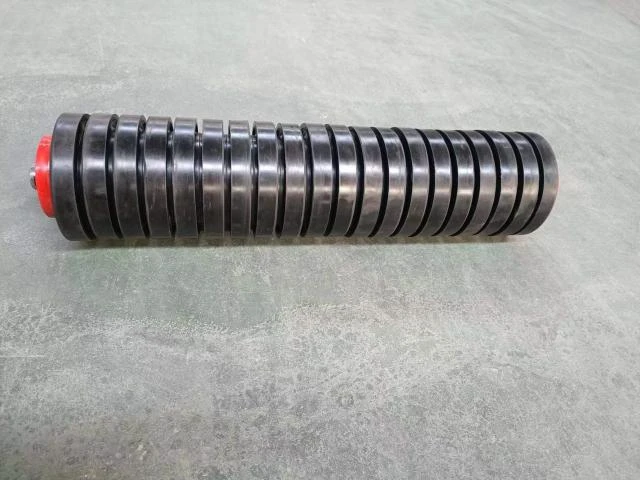 Afrikaans
Afrikaans  Albanian
Albanian  Amharic
Amharic  Arabic
Arabic  Armenian
Armenian  Azerbaijani
Azerbaijani  Basque
Basque  Belarusian
Belarusian  Bengali
Bengali  Bosnian
Bosnian  Bulgarian
Bulgarian  Catalan
Catalan  Cebuano
Cebuano  Corsican
Corsican  Croatian
Croatian  Czech
Czech  Danish
Danish  Dutch
Dutch  English
English  Esperanto
Esperanto  Estonian
Estonian  Finnish
Finnish  French
French  Frisian
Frisian  Galician
Galician  Georgian
Georgian  German
German  Greek
Greek  Gujarati
Gujarati  Haitian Creole
Haitian Creole  hausa
hausa  hawaiian
hawaiian  Hebrew
Hebrew  Hindi
Hindi  Miao
Miao  Hungarian
Hungarian  Icelandic
Icelandic  igbo
igbo  Indonesian
Indonesian  irish
irish  Italian
Italian  Japanese
Japanese  Javanese
Javanese  Kannada
Kannada  kazakh
kazakh  Khmer
Khmer  Rwandese
Rwandese  Korean
Korean  Kurdish
Kurdish  Kyrgyz
Kyrgyz  Lao
Lao  Latin
Latin  Latvian
Latvian  Lithuanian
Lithuanian  Luxembourgish
Luxembourgish  Macedonian
Macedonian  Malgashi
Malgashi  Malay
Malay  Malayalam
Malayalam  Maltese
Maltese  Maori
Maori  Marathi
Marathi  Mongolian
Mongolian  Myanmar
Myanmar  Nepali
Nepali  Norwegian
Norwegian  Norwegian
Norwegian  Occitan
Occitan  Pashto
Pashto  Persian
Persian  Polish
Polish  Portuguese
Portuguese  Punjabi
Punjabi  Romanian
Romanian  Russian
Russian  Samoan
Samoan  Scottish Gaelic
Scottish Gaelic  Serbian
Serbian  Sesotho
Sesotho  Shona
Shona  Sindhi
Sindhi  Sinhala
Sinhala  Slovak
Slovak  Slovenian
Slovenian  Somali
Somali  Spanish
Spanish  Sundanese
Sundanese  Swahili
Swahili  Swedish
Swedish  Tagalog
Tagalog  Tajik
Tajik  Tamil
Tamil  Tatar
Tatar  Telugu
Telugu  Thai
Thai  Turkish
Turkish  Turkmen
Turkmen  Ukrainian
Ukrainian  Urdu
Urdu  Uighur
Uighur  Uzbek
Uzbek  Vietnamese
Vietnamese  Welsh
Welsh  Bantu
Bantu  Yiddish
Yiddish  Yoruba
Yoruba  Zulu
Zulu conveyor drum lagging
Understanding Conveyor Drum Lagging Importance, Types, and Applications
Conveyor systems are crucial in numerous industries, from mining and manufacturing to logistics and food processing. At the heart of these systems is the conveyor drum, which plays a pivotal role in the movement of materials. One essential element associated with conveyor drums is lagging, a process that enhances the functionality and efficiency of conveyor belts. This article delves into the importance of conveyor drum lagging, the types available, and its applications across various industries.
What is Conveyor Drum Lagging?
Conveyor drum lagging refers to the process of applying a layer of material to the surface of a conveyor drum. This layer serves multiple purposes, primarily to improve friction between the drum and the conveyor belt. By doing so, lagging minimizes belt slippage, increases resistance to wear, and enhances the overall operational efficiency of a conveyor system.
Importance of Conveyor Drum Lagging
1. Enhanced Grip One of the primary functions of lagging is to provide a better grip for the conveyor belt. Improved friction prevents slippage, ensuring that the belt moves in sync with the drum, which is critical for maintaining production schedules and preventing downtime.
2. Wear Resistance Conveyor systems are often subjected to harsh conditions, including heavy loads and abrasive materials. Proper lagging protects the drum from wear and tear, prolonging its lifespan and reducing maintenance costs. By acting as a buffer, lagging reduces the direct contact between the drum and the belt, mitigating damage to both components.
3. Improved Efficiency With enhanced grip and reduced slippage, conveyor drum lagging leads to better energy efficiency. Reduced strain on motors and drive systems can minimize energy consumption, A critical consideration for industries looking to lower operational costs and improve their carbon footprint.
4. Noise Reduction Lagging materials can also serve as a sound-dampening layer, reducing the noise generated by conveyor operations. This is particularly important in environments where noise levels need to be controlled for safety or regulatory compliance.
Types of Conveyor Drum Lagging
conveyor drum lagging

There are several types of lagging materials available, each suited for different applications and conditions
1. Rubber Lagging This is the most common type of lagging, known for its excellent grip and durability. Rubber lagging can be smooth or textured, with textured versions providing enhanced friction for heavy-duty applications.
2. Ceramic Lagging Designed for environments with extreme wear, ceramic lagging incorporates ceramic tiles into rubber lagging. This combination provides superior resistance to abrasion and is ideal for applications involving heavy materials.
3. Polyurethane Lagging This type offers good wear resistance and flexibility, making it suitable for various conveyor applications. It is effective in minimizing noise and can reduce the risk of material buildup.
4. Steel Lagging For the most demanding environments, steel lagging can provide exceptional durability and strength. While it may not offer the same level of friction as rubber, its toughness makes it ideal for high-impact situations.
Applications of Conveyor Drum Lagging
Conveyor drum lagging is used across various sectors, illustrating its versatility
- Mining In heavy-duty applications, such as coal or mineral transport, robust lagging options like ceramic or steel are often utilized to withstand abrasive conditions. - Food Processing In food handling systems, FDA-approved rubber lagging ensures compliance with health and safety regulations while providing the necessary grip. - Logistics In warehouses, conveyor systems designed for package handling benefit from rubber lagging to prevent slip, ensuring smooth operations.
Conclusion
Conveyor drum lagging is a vital component in enhancing the performance and lifespan of conveyor systems across various industries. By improving grip, reducing wear, and optimizing efficiency, lagging materials play an essential role in ensuring that conveyors operate effectively. Understanding the different types of lagging available and their specific applications can help industries select the right solutions for their unique needs, ultimately leading to improved productivity and reduced operational costs.
-
Revolutionizing Conveyor Reliability with Advanced Rubber Lagging PulleysNewsJul.22,2025
-
Powering Precision and Durability with Expert Manufacturers of Conveyor ComponentsNewsJul.22,2025
-
Optimizing Conveyor Systems with Advanced Conveyor AccessoriesNewsJul.22,2025
-
Maximize Conveyor Efficiency with Quality Conveyor Idler PulleysNewsJul.22,2025
-
Future-Proof Your Conveyor System with High-Performance Polyurethane RollerNewsJul.22,2025
-
Driving Efficiency Forward with Quality Idlers and RollersNewsJul.22,2025





























